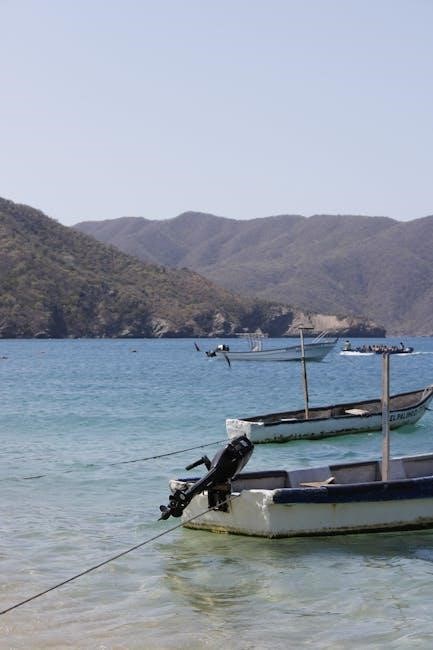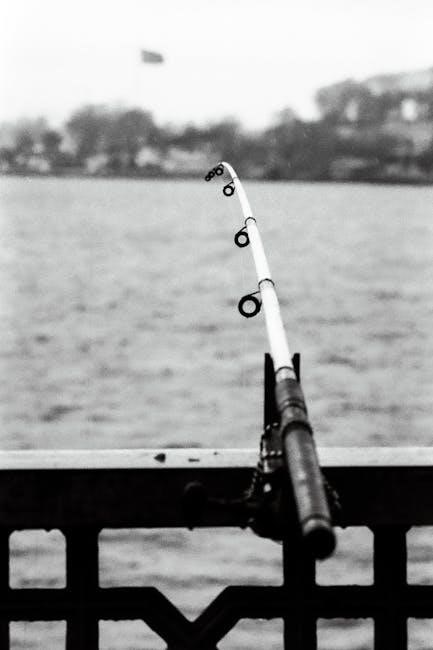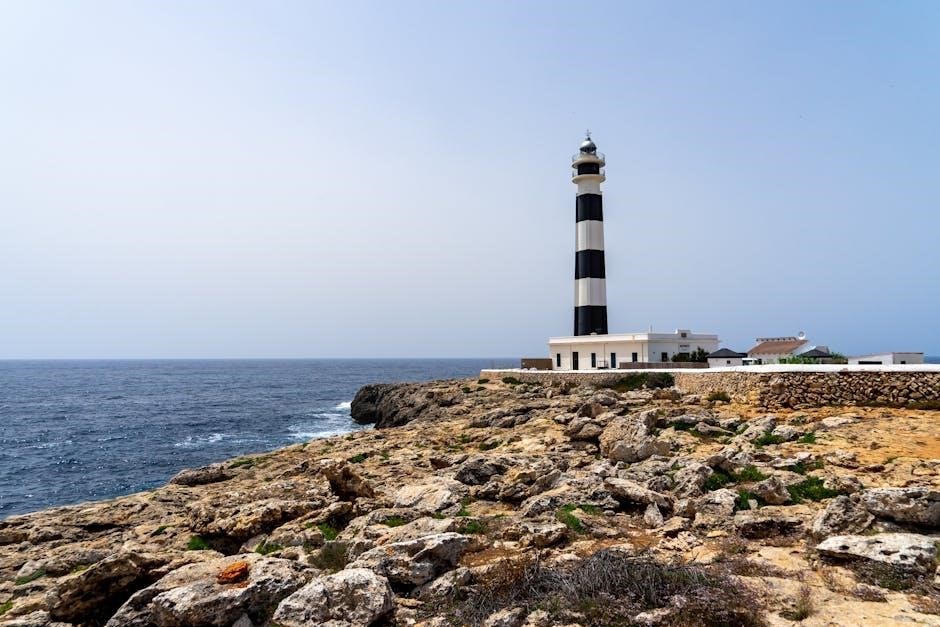Typical Tipping Percentage for Fishing Guides
Standard Tipping Range (15-20%)
A common practice is to tip fishing guides between 15% and 20% of the trip’s total cost. This is similar to tipping in restaurants and reflects appreciation for good service and effort.
If the guide goes above and beyond, exceeding expectations with extra effort and knowledge, consider tipping more than 20%. This acknowledges truly outstanding dedication and a memorable experience.
While less common, if the service is demonstrably poor or the guide is unprofessional, adjusting the tip below 15% might be appropriate. Communication about concerns is also advisable in such situations.
Standard Tipping Range (15-20%)
A widely accepted and typical gratuity for fishing guides falls within the 15% to 20% range of the total cost of the guided trip. This standard percentage mirrors that of common service industries, such as restaurants, where tipping acknowledges good service. Consider this range a baseline for expressing gratitude for a guide who provides a satisfactory and competent fishing experience. Factors influencing the specific percentage within this range can include the guide’s attentiveness, knowledge, and overall effort in ensuring an enjoyable and productive trip for the angler or group of anglers. It’s a balanced reflection of appreciation.
Exceptional Service: Exceeding 20%
When a fishing guide delivers service that surpasses expectations, going the extra mile to ensure an unforgettable experience, exceeding the standard 20% tip is a fitting way to show appreciation. This could involve exceptional effort, extensive knowledge sharing, unwavering attentiveness, or a remarkable ability to create a positive and memorable trip, regardless of fishing success. If the guide demonstrates genuine passion, dedication, and a commitment to providing a top-tier experience, rewarding their efforts with a tip exceeding 20% acknowledges their outstanding service and reinforces the value of their exceptional contributions to the trip. It’s a grand gesture.
Subpar Experience: Adjusting Tip Accordingly
In situations where the fishing guide’s service falls short of expectations or is deemed unprofessional, it is acceptable to adjust the tip accordingly, potentially dropping it below the standard 15%. This decision should be based on clear deficiencies in service, such as lack of effort, inattentiveness, disregard for safety, or a generally negative attitude. While tipping is customary, it is also a reflection of the quality of service received. If the guide fails to meet basic expectations or detracts from the overall experience, reducing the tip is a justifiable response. Open communication about concerns is also advisable, when and where possible.

Factors Influencing Tip Amount
The level of effort a guide puts in and their attentiveness significantly impact the tip amount. A hardworking, attentive guide deserves a higher tip than one who is not.
Guide’s Effort and Attentiveness
A primary factor influencing the tip is the guide’s dedication and attentiveness. Did they actively work to find fish, offer helpful advice, and ensure your comfort and safety throughout the trip? A guide who goes the extra mile by preparing bait, cleaning fish efficiently, sharing local knowledge, and providing personalized instruction warrants a more generous gratuity. Conversely, if the guide seemed disinterested, provided minimal assistance, or lacked enthusiasm, a lower tip or no tip might be considered. Demonstrating genuine care and effort is key.
Friendliness and Meeting Expectations
Beyond catching fish, a guide’s attitude greatly impacts the overall experience. A friendly, personable guide who creates a positive and enjoyable atmosphere deserves a higher tip. Did they engage in conversation, share stories, and make you feel welcome? Meeting basic expectations is crucial; this includes being on time, providing necessary equipment, and adhering to safety protocols. Exceeding expectations, such as offering extra assistance or tailoring the trip to your preferences, should also be rewarded. A guide’s ability to create a pleasant and memorable day contributes significantly to the tip amount.
Fishing Success (or Lack Thereof)
While catching fish is a primary goal, it shouldn’t be the sole determinant of a tip. Factors beyond the guide’s control, such as weather or fish behavior, can affect success. Instead, focus on the guide’s effort and knowledge. Did they try different techniques, move locations, and offer helpful advice? A hardworking guide who provides a learning experience, even without a full cooler, deserves a good tip. Remember, the guide’s dedication to providing the best possible opportunity, regardless of the outcome, is what truly matters. Reward effort and expertise over simply the number of fish caught.

Situational Considerations
Consider the guide’s employment situation. Self-employed guides receive all the trip’s payment, while lodge employees may only get a percentage; Adjust tipping accordingly, potentially tipping self-employed guides slightly less.
Self-Employed Guides vs. Lodge Employees
When considering a tip, determine whether the guide is self-employed or working for a lodge. Self-employed guides receive the full trip cost, covering their expenses and income. Tipping is still appreciated for excellent service. Lodge employees, however, often receive only a portion of the trip fee, with the lodge retaining the rest. In these cases, tipping becomes more crucial as it supplements their income. Therefore, consider a slightly higher tip for lodge employees to acknowledge their service and the potentially lower compensation they receive compared to self-employed guides. This ensures fair recognition for their effort and dedication.
Solo Captains vs. Charter with Crew
Tipping considerations differ between solo captains and charters with a crew. For solo captains, the standard 15-20% tip applies, acknowledging their effort in all aspects of the trip. When a charter includes a crew (captain and mate), the tip is typically split. A common approach is to give the entire tip to the mate, who may rely more heavily on gratuities for income. Some captains may skim or keep the mate’s tips, so direct delivery ensures fairness. Alternatively, inquire about tip distribution to ensure equitable compensation for both captain and crew, recognizing their combined contribution to the experience.
International Destinations: Varying Customs
When fishing in international destinations, tipping customs can vary significantly from those in the United States. Researching local etiquette is crucial to avoid misunderstandings or unintentional offense. In some regions, tipping may not be customary or expected, while in others, it may be a more significant part of a guide’s income. Consider the local cost of living and economic conditions when determining an appropriate tip amount. In Central or South America, a $50 tip per day might be suitable, whereas in more affluent countries, $100 per day could be more appropriate. Consulting with local sources or experienced travelers can provide valuable insights into specific regional practices and expectations.

Alternative Tipping Amounts
Flat Rate per Day (e.g., $50-$100)
Instead of a percentage, some anglers prefer a flat rate per day, often ranging from $50 to $100, based on the guide’s attentiveness, effort, and the overall fishing experience provided during the trip.
Flat Rate per Day (e.g., $50-$100)
Some anglers find it easier to tip a fixed amount per day rather than calculating a percentage. A common range is $50 to $100, but this can vary based on location and the guide’s service. Factors to consider include how hard the guide worked, their knowledge of the fishing area, and their friendliness. This approach is often favored when the trip cost is very high or very low, making a percentage-based tip feel disproportionate. Ultimately, the flat rate should reflect the angler’s satisfaction and the guide’s effort to provide a great experience, irrespective of the catch. It’s a simple, straightforward way to show appreciation.
Tipping Per Person vs. Group
When fishing with a group, deciding whether to tip per person or as a group can be confusing. If the service was exceptional, tipping per person can reflect individual appreciation. For example, $50 per person in a group of four would be $200 total. Alternatively, a group can pool resources and provide a single tip based on the overall experience. In this case, the group should discuss and agree on an amount that reflects the collective satisfaction. Regardless of the method, the total tip should align with the level of service and the guide’s efforts to accommodate the entire group.
When Not to Tip (or Tip Less)
If you experience poor service or unprofessional conduct from the fishing guide, it may be acceptable to tip less than the standard amount, or even withhold a tip altogether.
Poor Service or Unprofessionalism
In instances of genuinely poor service or unprofessional conduct from the fishing guide, reducing or withholding a tip is justifiable. Examples include a lack of effort, inattentiveness, rudeness, unsafe practices, or failure to meet agreed-upon expectations. It’s important to differentiate between factors within the guide’s control and those that aren’t, such as weather or fish behavior. If the guide is clearly negligent or provides a substandard experience despite favorable conditions, adjusting the tip accordingly is reasonable. Consider communicating your concerns to the guide or their employer before withholding the tip entirely, providing an opportunity for explanation or resolution.

How to Handle Multiple Crew Members
When a charter includes both a captain and a mate, it’s customary to distribute the tip. Some give the tip to the mate, trusting fair division, while others split it themselves based on service provided.
Distributing Tips Between Captain and Mate
When a fishing charter includes both a captain and a mate, anglers often wonder how to best distribute tips. A common approach involves giving the entire tip to the mate, trusting that they will share appropriately with the captain. Alternatively, some prefer to divide the tip themselves, allocating a percentage to each crew member based on their perceived contribution to the trip’s success. Consider factors like attentiveness, helpfulness, and overall service quality when making this decision. It’s also wise to discreetly inquire about customary tipping practices to ensure fairness and avoid unintentional slights within the crew dynamic.

Leave a Reply